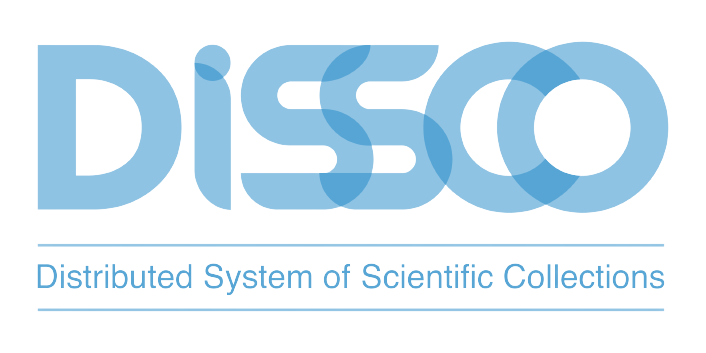Introduction to DiSSCo
The Distributed System of Scientific Collections (DiSSCo) is a Research Infrastructure (RI) for Natural Science Collections. The key goal of the DiSSCo RI is to digitally unify the current fragmented landscape of Natural Science Collections (NSCs) into one central European knowledge base under common curation, access policies and practices.
DiSSCo represents the largest ever formal agreement between natural history museums, botanic gardens and collection-holding universities in the world. The compilation and digitisation of data on all European specimens is essential for the construction of the Biodiversity digital twin (BioDT), however for this to work the appropriate standardised annotation of specimen data and metadata early in the digitisation process is essential.
DiSSCo utilises the large amounts of trait and habitat data and can link these to digital resources like sequence databases, taxonomic infrastructures, or environmental repositories. DiSSCo has developed a Deep Learning-based trait extraction and coherent Digital Specimen (DS) annotation service providing “Machine learning as a Service” (MLaaS) with a special focus on interoperability.
DiSSCo & the BioDT project
DiSSCo brings extensive biodiversity expertise to the BioDT project and supports the modelling process for the digital twin, firstly by consolidating the FAIR data designs through a layer of FAIR Digital Objects (FDO) to provide a foundation to organise multidisciplinary heterogeneous data by improving machine-actionability, interoperability and reusability. This consolidation ensures that there is enough metadata available which can provide information for agents (both human and machine) and support operational requests on the digital objects.
Secondly pilot semantic mapping to improve interoperability and reusability of semantic artefacts to thus foster joint usage and FAIR sharing of data from different domains. The project will process and open up the matching results for quality evaluation, FAIR compliant reuse as well as estimation and quantification of semantic similarity. Finally over the course of the BioDT project DiSSCo will also research outputs for improved reusability and develop a framework to indicate data quality as part of the data product.
Check out our video below with Sharif Islam, from Naturalis, who explains the main characteristics of DiSSCo and how it can be integrated into the Biodiversity Digital Twin;
